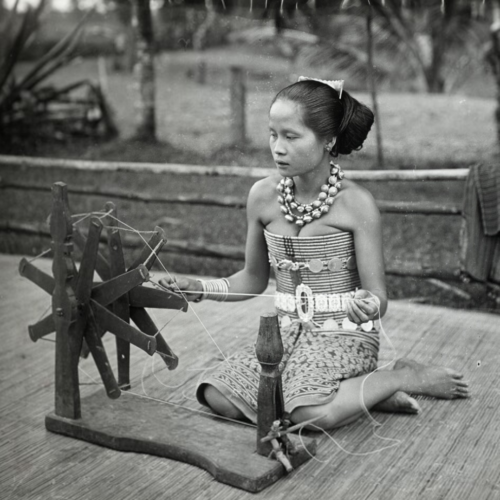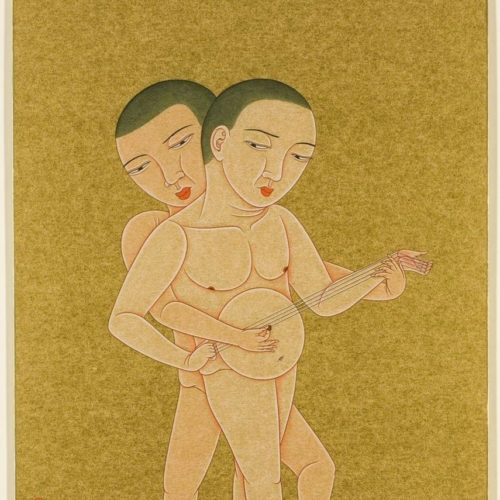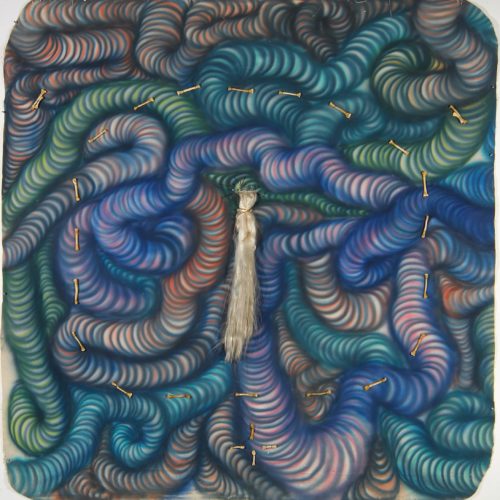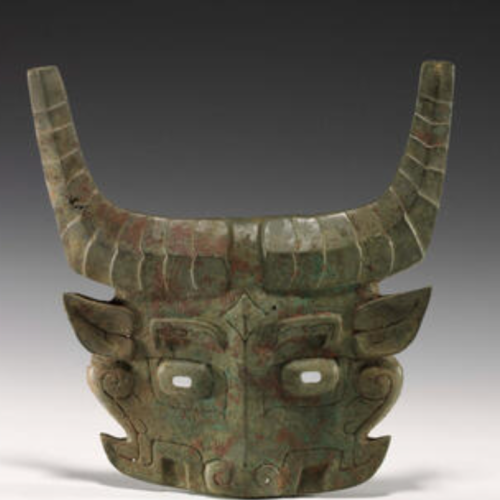Sep 30, 2021
SAN FRANCISCO, September 30, 2021 — In 2022, the Asian Art Museum delves deep into the past with fantastic archaeological treasures, celebrates the innovations of women artists within traditional craft and modernist movements, explores the role of gender and sexuality across cultures and centuries, and updates the canon of contemporary art to include overlooked Asian American masters.
This diverse and exciting array of exhibitions follows the completion of the museum’s multiyear, multimillion dollar project to transform the visitor experience through a significant expansion and enhancement of its campus and galleries and a broad investment in digital learning tools both on-site and online. As part of this transformation, the museum successfully unveiled the new Akiko Yamazaki and Jerry Yang Pavilion with the blockbuster teamLab: Continuity exhibition, which continues to break museum records for attendance and engagement.
“Our transformation has given us a bigger, broader platform to display art from regions and creators that have historically been less well represented, not only in our collections and exhibitions, but across museums generally,” says Dr. Jay Xu, The Barbara Bass Bakar Director and CEO of the Asian Art Museum. “Our audiences want vibrant encounters with incredible art and, through this art, to understand the world around them, to understand how the past connects to the present, and to participate in conversations about today’s most critical issues. That’s exactly what we can promise in 2022: the Asian Art Museum firing on all cylinders.”

More than 40 outstanding examples of textiles and garments from across Indonesia, as well as the Philippines and Malaysia, are brought together to consider how fabrics are woven not only into the daily lives but the cultural foundations of these communities. Weaving Stories shows how handmade and naturally dyed textiles provide a platform for self-expression and social meaning for women, both as artistic innovators and as vital transmitters of scientific knowledge.

Fluid, rigid, subversive, transformative. Gender expression spans culture, time, and place. By journeying across the spectrum of gender in Asian art, from the ancient to the contemporary, from the sacred to the carnal, Seeing Gender reveals long-standing creative possibilities beyond a male-female binary. These unconventional groupings of 14 artworks selected by the museum’s emerging curators explore artistic renderings of gender that provoke and inspire.

The first-ever retrospective of the iconic Filipino American artist and educator Carlos Villa (1936-2013), this exhibition showcases vibrant, large-scale works that have not been seen in decades. Villa forged a new kind of art-world inclusion in San Francisco in the 1970s and 1980s by referencing influences from African, Asian, and Oceanic traditions and including materials as diverse as hair, spit, sperm, bones, shells, feathers, mirrors, and silk. His radical art, activism, and teaching career impacted a generation of artists and redirected the trajectory of contemporary art movements.

Bernice “Bingo” Bing (1936–1998) was a master of eye-catching Abstract-Expressionism whose contributions to the movement have been marginalized for decades. A San Francisco native, Chinese American, and lesbian, Bing looked across the Pacific as much as to New York and Europe for inspiration. Her huge, colorful canvases are alive with a unique feeling of time, place, and the self-awareness of a perpetual outsider.

Wealthy, sophisticated, and obsessed with spirits, the ancient Zeng and Chu kingdoms made remarkable advancements in art, music, and literature, leaving a lasting impact on Chinese culture. Their fabulous legacy was, however, buried by the first emperor, Qin… until now. Lost Kingdoms of Ancient China showcases recently discovered archaeological splendors — new finds that have never before traveled overseas — introducing audiences to the rise and fall of these two remarkable, mysterious kingdoms, and their quest to dominate southern China at the end of the Bronze Age.
About the Asian Art Museum
Located in the heart of San Francisco, the museum is home to one of the world’s finest collections of Asian art, with more than 18,000 awe-inspiring artworks ranging from ancient jades and ceramics to contemporary video installations. Dynamic special exhibitions, cultural celebrations and public programs for all ages provide rich art experiences that unlock the past and spark questions about the future.
Information: 415.581.3500 or asianart.org
Location: 200 Larkin Street, San Francisco, CA 94102
Never miss a moment: @AsianArtMuseum
Image Credits: Painted Cloak, 1971 by Carlos Villa (American, 1936–2013). Mixed media. Photograph © Estate of Carlos Villa. An Iban woman spinning, Kalimantan, 1900–1940. Collection Nationaal Museum van Wereldculturen. Coll. No. TM-60006393. Musical Bodies: Banjo, 1999, by Wilson Shieh (Chinese, 1970). Ink and color on gold paper. Asian Art Museum, Gift of the Yiqingzhai Collection, 2005.77. Photograph © Asian Art Museum of San Francisco. A Lady and a Roadmap, 1963, by Bernice Bing (American, 1936–1998). Oil on Canvas. Asian Art Museum, Purchased using Acquisitions Endowment proceeds. Photo © Bing Estate. Ritual_1970-1, 1970, by Carlos Villa (American, 1936–2013). Mixed media on unstretched canvas. Photograph by Jay Jones. Animal face mask, ca. 1000 BCE. Western Zhou period (ca. 1050–771 BCE). Bronze. Photograph © Asian Art Museum of San Francisco.